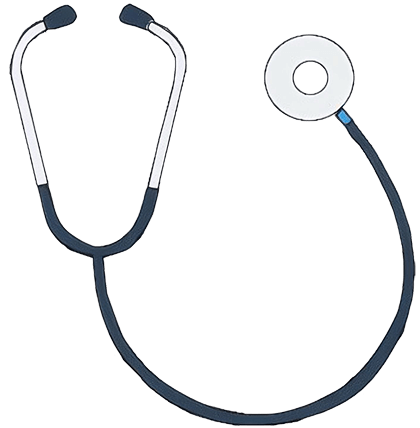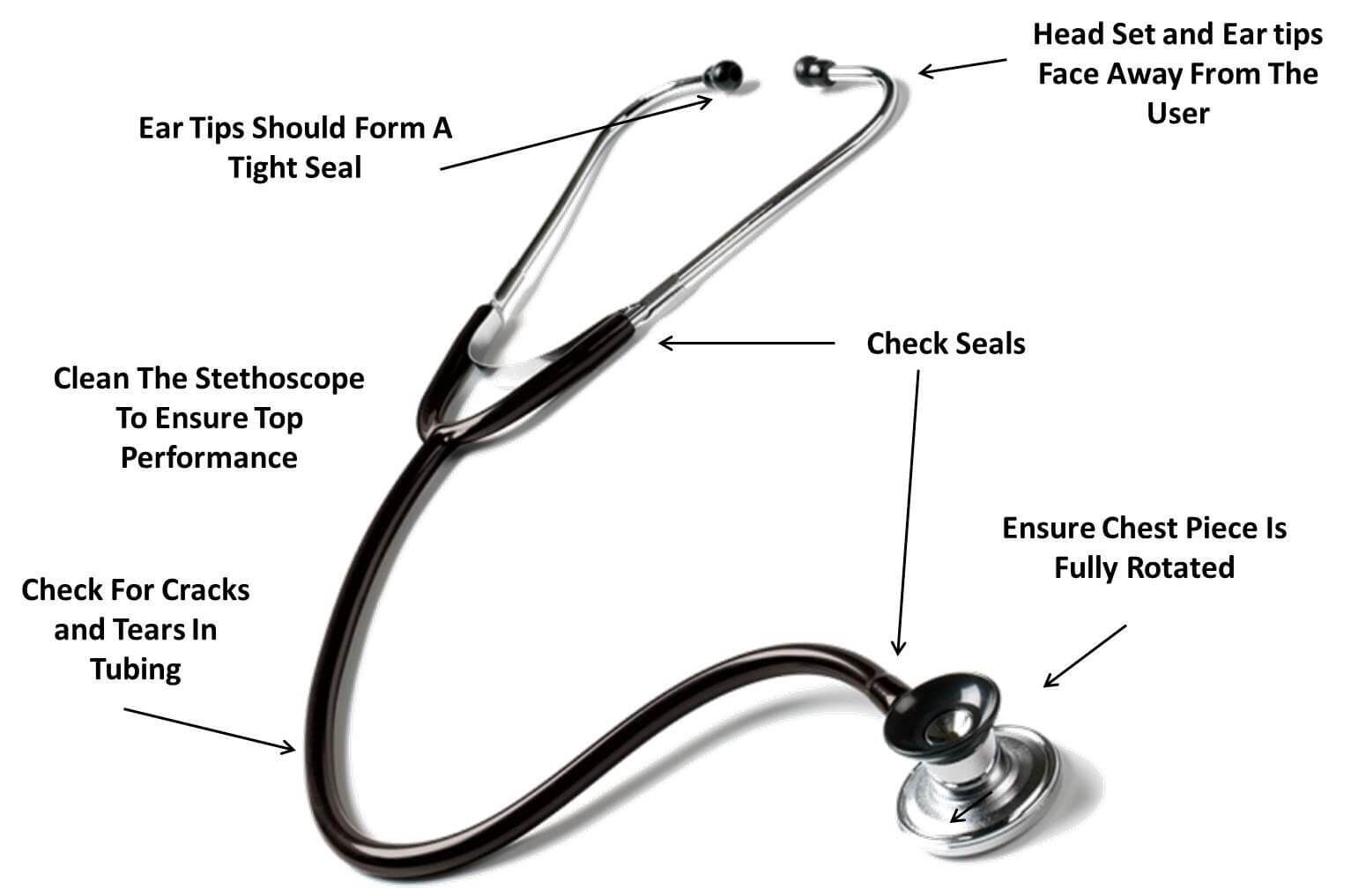stethoscope supplier
Focus on Premium Stethoscope Customization
( Parts or Whole Set )

The eight important parts of a stethoscope are - Chestpiece / Diaphragm / Bell / Tubing / Stem / Headset / Ear tubes / Ear tips.

The chestpiece, also known as the head, is round in shape and is the central part of the device. This is the part of the instrument placed against a patient's body. It is the most important part of a stethoscope. It is responsible for detecting, capturing, and transferring sounds to the headset. Chestpieces work best when applied directly against the patient's skin. It comprises of -
The round and circular end of the chestpiece is the diaphragm. Its large size allows you to listen to a wider area of the patient's body. It can detect sounds with higher frequencies in large areas of the patient. Nowadays, the diaphragms are designed to eliminate the chill when it is placed directly against the patient's skin. This is done by using a chill ring encircling the diaphragm which helps to make an airtight seal and prevents the patient from feeling the coldness of the part.
The circular end of the chestpiece is called the bell. Due to its smaller size, it can detect lower frequency sounds than the diaphragm and is ideal for small body parts. A non-chill ring is present on the edges of the bell as well.
The stem is the part that connects the chestpiece to the stethoscope tubing. It is made of metal or steel and ensures a secure link for optimal performance. It also allows you to switch between the diaphragm and bell.
The stethoscope tubing is the flexible rubber or PVC material pipe that connects the chestpiece to the headset. This part of a stethoscope is responsible for transferring the sound waves picked up by the diaphragm and bell to the headset with minimal quality loss (which depend on the type of tubing it is built with).
The stethoscope tubing can be either a single tube or dual lumen tube design. The dual lumen tubing is split halfway through it producing different sounds in each ear tube or ear tips.
The upper half of the stethoscope is the headset. It comprises of two ear tubes, tension springs, and ear tips. It ensures efficient flow of sound to flow into the ear canal so that there is minimal disturbance.
Ear tubes are hollow metal tubes that connect the acoustic tubes and the ear tips. They provide the left and right pathways for sound to travel through. The tension spring rests between the ear tubes which helps you to adjust how tight your stethoscope is sitting on your ears.
The ear tips are the parts that go into the ear - made of rubber or silicone. They are placed on the ends of the ear tubes and have a hole in the middle for letting out the sound. Ear tips should be soft and yet firm to create a seal in your ears and cancel all outside sound.